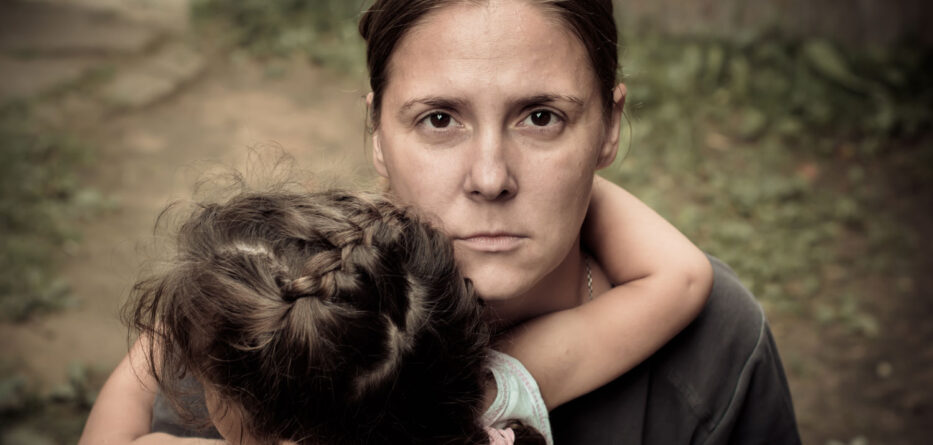A new study found progress made to reduce child poverty over the past 25 years in the U.S. is at risk of stalling or being reversed.
The Robert Wood Johnson Foundation, a health philanthropy organization, has released a study showing child poverty is on the rise after falling by 59% between 1993 and 2019.
Avenel Joseph, vice president of policy for the Foundation, said pandemic-related enhancement of Child Tax Credit and Earned Income Tax Credit programs as well as food stamps lifted three million children out of poverty during the latter half of 2021, but Congress let the programs expire.
“As a result, child poverty began to pick back up and is now increased by more than 40%,” Joseph pointed out. “So, we have undone all of the progress that we saw as a result of the temporary policies that were put in place.”
U.S. Census Bureau data showed a slight drop in child poverty in New Mexico amid the coronavirus pandemic, largely attributed to the temporary relief payments and tax policies.
This is National Hunger and Homelessness Awareness Week, and Joseph said there is no separating the two.
“Both hunger and homelessness are closely linked to poverty,” Joseph noted. “People with lower income have a harder time affording rent or purchasing healthy food, especially during a time when prices and interest rates are continuing to rise.”
Without new or expanded programs, she believes the generational cycle of poverty will continue.
“We have showed them what it’s like to have consistent meals, a place to lay their head, some stability,” Joseph observed. “And then, just with sort of a strike of the time of midnight, all that has gone away.”
Joseph added the report also found Black and Latino children are approximately three times as likely as white children to live in poverty.
“For some in this country, there are so many barriers that have been put in place that it’s impossible for them to achieve their healthiest self or to achieve even a state of well-being, much less thriving,” Joseph contended.






